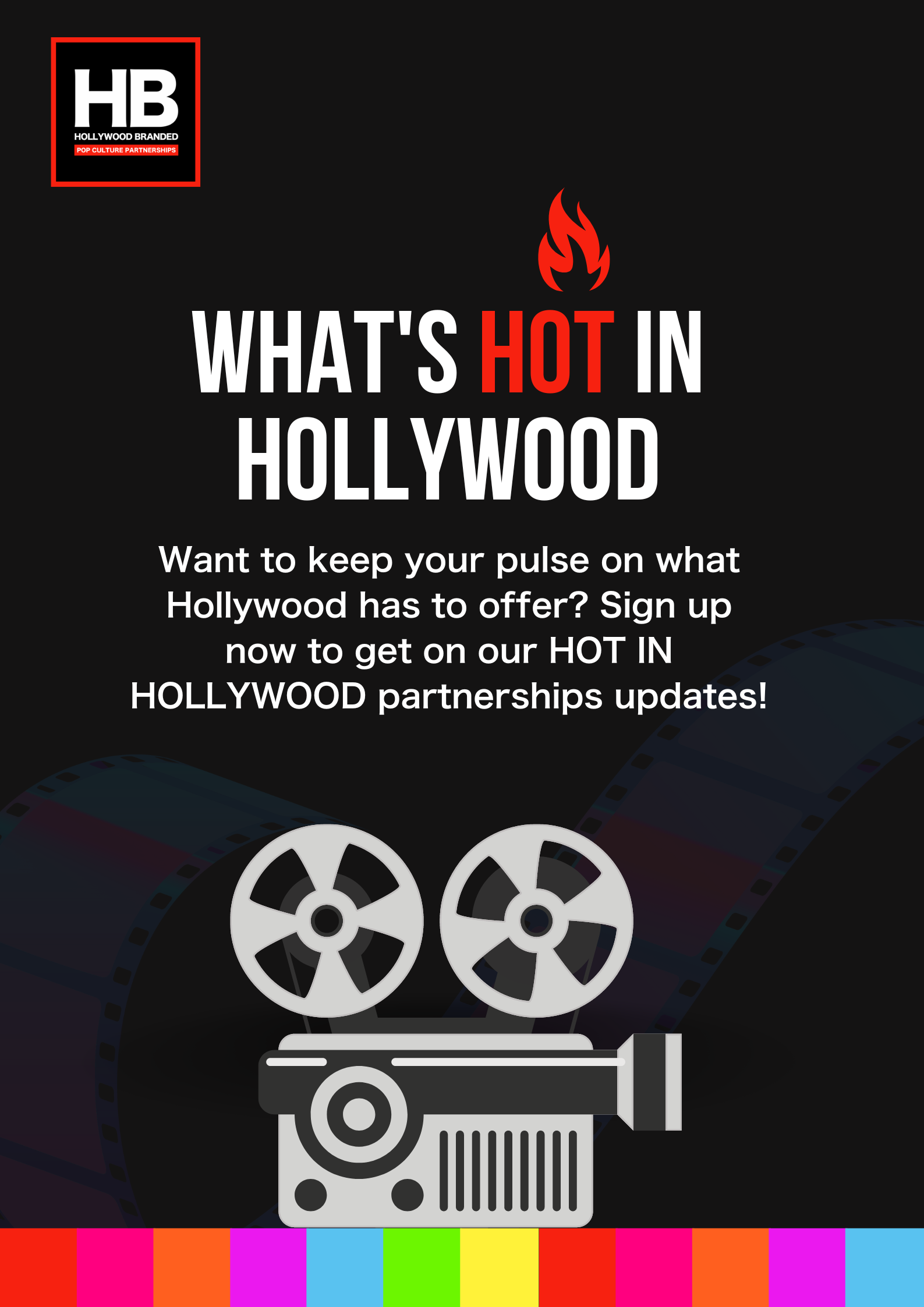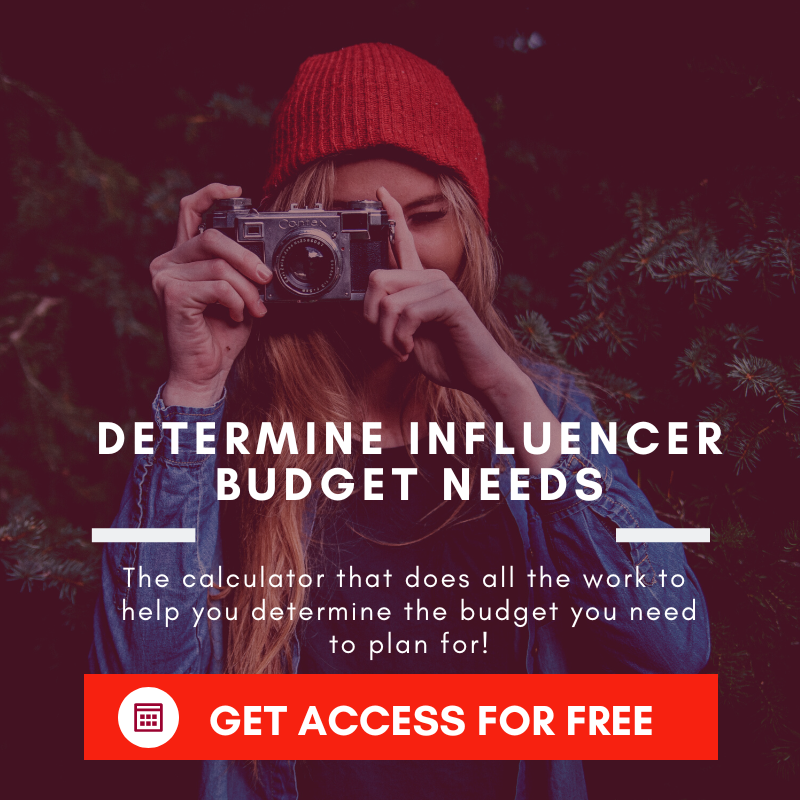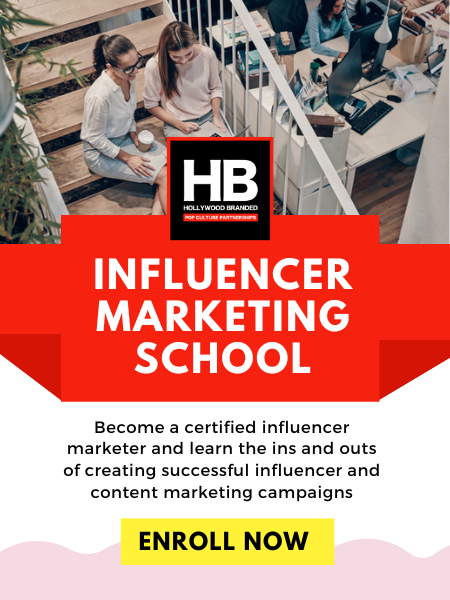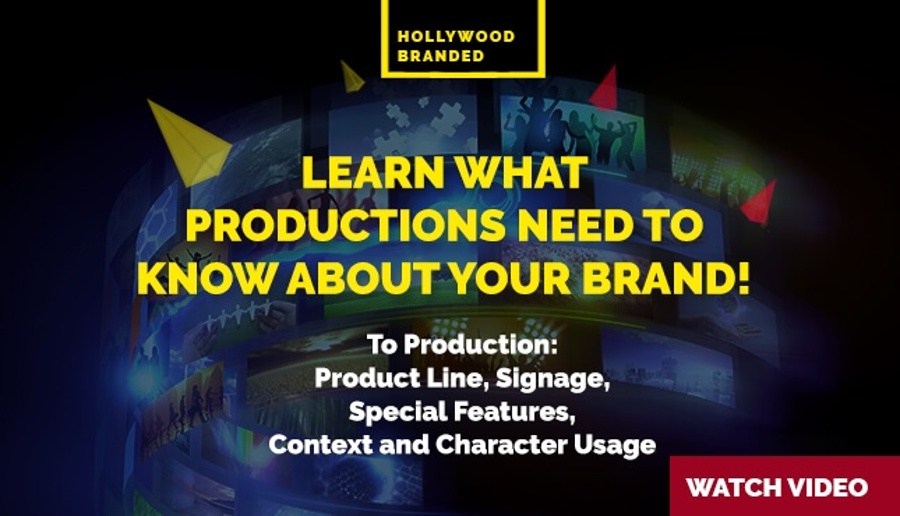Why Brands Should Step Up When Government Steps Back
Table Of Contents
From Rescue Pups to Public Broadcasting
Meet Indiana “Indy” Jones- the latest (and furriest) addition to the Hollywood Branded family. Rescued from a rough start and adopted from a local foundation after waiting longer than his littermates, Indy is already leaving paw prints on hearts and in meetings alike.
In much the same way, many beloved public platforms like NPR and PBS now face their own turning points. Government cuts have drastically reduced essential funding, leaving these cultural icons at risk. In this article, Hollywood Branded discusses why brands should step up when the government steps back.

A Brief History of NPR and PBS
Public broadcasting isn’t just a relic from the past - it’s a lifeline for educational, cultural, and community-focused content across America. NPR (National Public Radio), founded in 1970, and PBS (Public Broadcasting Service), founded in 1969, emerged from the Public Broadcasting Act of 1967. Their missions were clear: educate, inform, and inspire without commercial pressure. Over the decades, these organizations became vital sources of news, childhood education, arts, and regional storytelling.
However, their lifelines have always been tenuous. Despite serving millions weekly, both networks have faced recurring political scrutiny. Most recently, our current Republican government has reduced federal funding - pushing NPR and PBS into a financial crunch. This squeeze isn’t about politics; it’s about preserving public value. And when government steps back, brands have a unique opportunity to step in.

Mutual Benefit is More Than a Logo
Corporate advertising and public media might sound like strange bedfellows, but the truth is that strategic partnerships can flourish when built on authenticity. This isn’t about slapping a logo at the end of a segment. It’s about deeper integration that aligns brand values with meaningful storytelling.
Take Subaru, for instance. Its "Subaru Loves the Earth" campaign with National Geographic showcased sustainability through authentic narratives. These weren’t just ads - they were stories audiences cared about. Similarly, brands like Johnson & Johnson, Google, and IBM have produced powerful content through documentary-style collaborations, especially in science, education, and public health.
This opportunity isn't new. Soap operas were invented by brands. STEM education, children’s shows, and thought leadership series have all found footing with corporate backing. What changes now is urgency - the stage is open wider than ever.

The Disappearing Value of Uncommercialized Media
Public media delivers content that commercial networks often overlook:
-
Educational shows like Sesame Street
-
Documentaries on critical social and historical topics
-
Local news, emergency coverage, and rural outreach
-
Cultural celebrations and artistic showcases
This type of programming is crucial - especially for underserved communities where these might be the only sources of free, trusted content. Without new funding pathways, these pillars of community enrichment could vanish or become overly diluted.
And let's face it: commercial media often prioritizes clicks over depth. Public broadcasting champions nuance, education, and empathy - elements brands can proudly align with if they choose to.

Four Impact Areas for Strategic Partnerships
Now is the time for brands to go beyond traditional advertising. Consider these four areas where your brand can make an impact:
1. Rural and Underserved Communities:
Support series on rural innovation, sustainable farming, regional heritage, and local leaders. These projects not only uplift communities but offer rich storytelling for brands with heart.
2. Education and Youth Empowerment:
Partner on interactive STEM programming, literacy projects, teen mental health series, and digital education initiatives. Great for tech, wellness, and education-focused brands.
3. Health and Wellness:
Collaborate on preventive healthcare messaging, mental health awareness, fitness campaigns, and nutritional education. A natural fit for CPG, pharma, and wellness brands.
4. Cultural Heritage and the Arts:
Support documentaries, artist showcases, and content preserving marginalized histories and languages. Ideal for lifestyle, fashion, and socially conscious brands.
With campaign coordinators guiding creative, marketing, and metrics, ROI is not just possible - it’s measurable. From impressions to sentiment analysis and impact stories, these collaborations deliver results.

The Moment to Act is Now
Whether it’s a rescue pup or a public institution, the need is the same: support. And when that support is mutual, powerful things happen. Brands have the opportunity to be more than advertisers - they can be champions of community, culture, and access to quality content.
For marketers, this isn’t charity. It’s legacy building. It’s content strategy. It’s smart, values-based storytelling that resonates with modern consumers. As funding for public media shrinks, brands have a chance to step into the spotlight and lead. Are you ready?
If you want to explore how to strategically align your brand with meaningful causes and stories, Hollywood Branded is here to help craft campaigns that make an impact - for your brand and the world.

Eager To Learn More?
Explore more blog posts from Hollywood Branded to sharpen your campaign strategy:
-
- Political Campaigns, Brand Alignments, and Pop Culture: The Intersection of Politics and Commerce
- How Pop Culture Partnerships Can Future-Proof a Brand in 2025
- Representation Of Diversity In Hollywood Casting
-
Skims: The Powerhouse of Fashion Through Iconic Collaborations
Want to stay in the know with all things pop culture? Look no further than our Hot in Hollywood newsletter! Each week, we compile a list of the most talked-about moments in the entertainment industry, all for you to enjoy!







